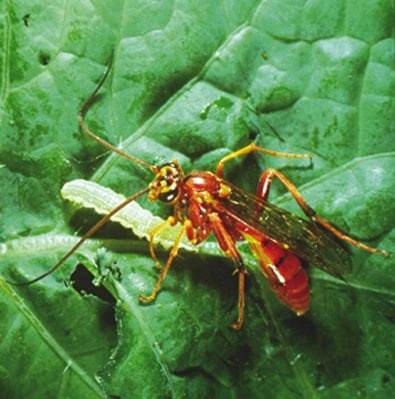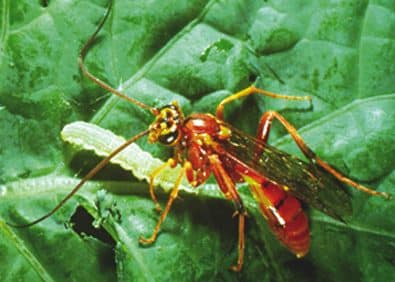Tight canola rotations can increase yield loss from root maggot damage. New research from Lloyd Dosdall and Agriculture and Agri-Food Canada looked at 13 different rotational regimes. Data showed a statistically significant increase in crop damage by root maggots in continuous canola rotations, and this increased damage coincided with reduced yields. The magnitude of yield decrease is not likely entirely associated with root maggots, but is likely a combination of root maggots and effects of plant diseases.
As for other insect pests, a higher frequency of canola means more host plants. Populations of overwintering insects such as flea beetles and certain canola-loving cutworm species are predicted to increase, and insects that migrate to the Prairies each year are more likely to find canola to lay their eggs. But for any one grower, extending the canola rotation to manage insects may not provide much benefit when the whole region is still one third to one half canola. With more canola across the Prairies, more thorough and frequent scouting for insects throughout the season will be required.
Before making a spray decision, consider the beneficial insects that are building up as these target insect populations increase. With a healthy and established beneficial insect population, these beneficials can provide a significant level of pest control all on their own. Untimely or unnecessary sprays may actually do more costly harm to beneficials and provide no positive economic benefit to the canola crop.


